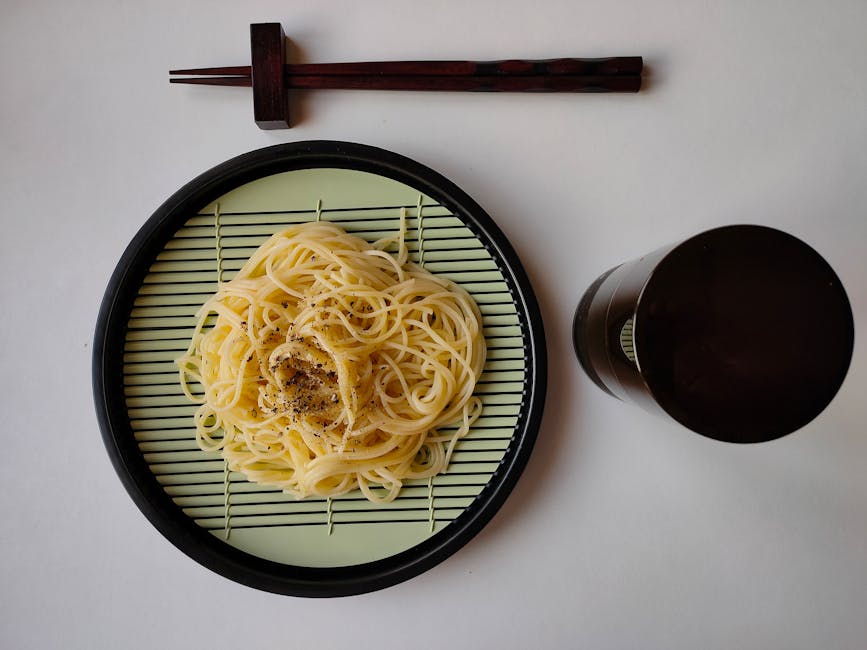How to store your prepped meals to keep them fresh and delicious is essential knowledge for anyone looking to make meal prep a sustainable part of their healthy lifestyle. Proper storing of meal prep not only helps keep food fresh and tasty, but also ensures you avoid spoilage and maximize the nutrition and flavor of your hard work in the kitchen. In this comprehensive guide from Fit Food Wisdom, we’ll break down the best food storage tips, container choices, and practical strategies so your prepped meals are always ready to enjoy.
Choosing the Best Meal Prep Containers for Freshness
The foundation of effective meal prep storage is investing in high-quality meal prep containers. The right containers are crucial for keeping food fresh, preventing leaks, and maintaining flavors and textures. When selecting meal prep containers, prioritize durability, airtight seals, and materials that are safe for both cold storage and reheating.
Glass containers are widely recommended for storing meal prep. They’re non-toxic, don’t leach chemicals, and can safely go from fridge to microwave or oven. Glass also makes it easy to see what’s inside, helping you stay organized. Silicone containers are another excellent option, offering flexibility and easy cleaning. While BPA-free plastic containers are available, they may degrade over time and can absorb odors or stains, so use them with caution and avoid microwaving them whenever possible.
Look for containers with tight-fitting, leakproof lids to prevent spills and lock in freshness. Compartmentalized containers are ideal for separating different components, such as proteins, grains, and vegetables, which helps preserve individual flavors and textures. Choose a variety of sizes: large containers for main dishes, medium for sides, and small for snacks or dressings. Stackable designs save space in your fridge or freezer and keep your meal prep area tidy.
Ultimately, the best meal prep containers are the ones that fit your eating habits, portion sizes, and storage needs. Investing in quality containers pays off with fresher, safer, and more enjoyable meals throughout the week.
Food Storage Tips to Keep Your Meals Fresh Longer
After you’ve chosen your containers, how you store your prepped meals is the next key to freshness. Start by letting hot foods cool to room temperature before sealing and refrigerating, as trapping steam can lead to soggy meals and promote bacterial growth. Divide meals into single portions to minimize repeated opening and exposure to air, which can accelerate spoilage.
Label each container with the prep date, so you always know what to eat first. Store meals in the refrigerator if you plan to eat them within 3-4 days; for longer storage, use the freezer. Place ready-to-eat meals at eye level in your fridge for easy access, and store raw ingredients or less frequently used items on lower shelves.
For optimal freshness, keep wet and dry ingredients separate until you’re ready to eat. For example, store salads and dressings in different containers, or keep crunchy toppings apart from moist bases. Use airtight containers to limit exposure to oxygen, which can cause food to spoil or lose quality. If using reusable silicone bags, squeeze out as much air as possible before sealing.
Don’t overcrowd your fridge; cold air needs to circulate around containers to keep everything evenly chilled. If freezing meals, leave a small gap at the top of containers to allow for expansion. Rotate your stock regularly, using older meals first, and clean your fridge and containers frequently to prevent cross-contamination.
How to Avoid Spoilage and Maintain Meal Quality
Even with the best containers and storage methods, a few extra precautions can help you avoid spoilage and keep your prepped meals delicious. Always use the freshest ingredients possible, as meal prep only preserves the quality present at the start. Wash produce thoroughly, and dry it well before storing to prevent excess moisture, which can lead to mold or sogginess.
Be mindful of food safety guidelines: refrigerate perishable items within two hours of cooking, or within one hour if the room is hot. Store cooked proteins and grains separately from raw vegetables if you plan to reheat only part of the meal. For frozen meals, thaw overnight in the refrigerator rather than at room temperature to reduce the risk of bacterial growth.
Some foods freeze and reheat better than others. Soups, stews, curries, and casseroles generally maintain quality, while salads, dairy-based sauces, and foods with high water content may not. If you notice changes in smell, color, or texture, it’s best to discard the food.
Finally, make meal prep a regular routine—set aside a specific day each week to prep, portion, and store your meals. This habit not only helps you keep track of freshness but also ensures you always have healthy options on hand, reducing the temptation to eat out or skip meals. With these strategies, storing meal prep becomes simple, safe, and satisfying—keeping your food fresh and delicious every time.

